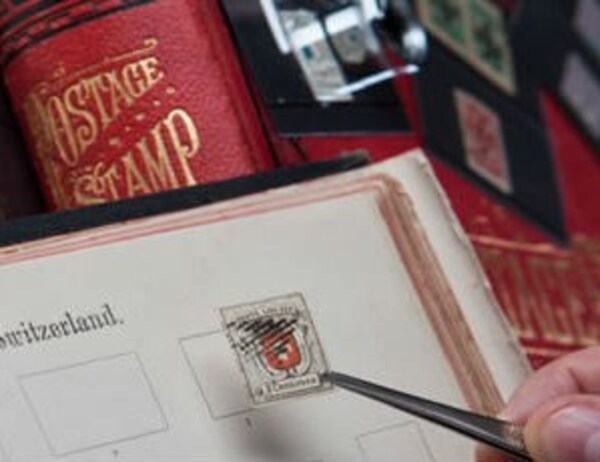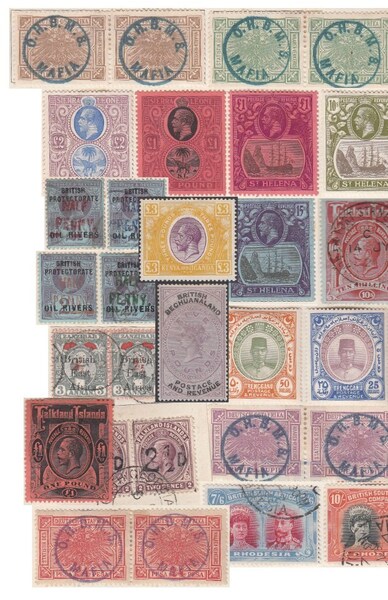The values of stamps are dictated by many things including the amount originally printed, the survival rate, the popularity of the country or the design or even the stamps history. I shall leave aside the questions regarding quality for another day!
I was perusing our extensive library when I fell upon a work first written in 1975 and republished in 2008 by Stanley Gibbons “Great Britain Numbers Issued 1840 to 1910, by Rikki Hyde”
For collectors of early GB stamps this really is a fascinating little book and I’d like to share a few snippets with you:
There were just over 63 million Penny Blacks distributed, the most common plate (6) consisted of just over 9 million stamps whereas only 168,000 of the elusive plate XI were printed. In fact for every plate XI there were 378 other Penny Blacks! Just a tip, if you do come across hundreds of Penny Blacks that haven’t already been ‘plated’ then check the examples with black postmarks first – the red ones are many, many times rarer!
The 1870 half penny ‘bantam’ stamps, had just 2½ million of the elusive and sought- after plate 9 printed from a total run of over 1.6 billion stamps! So that’s one plate 9 for every 640 half penny’s!
Now at this stage I feel that I must make a point to any hardy (and dare I say parsimonious?) soul who may be thinking “hey, all I need to do is find and check 640 of those little half penny stamps and I’m in with an evens chance of finding a plate 9, maybe even two!” Well, I can tell you with some degree of confidence that should you look at 640 of those little stamps you will NOT find a plate 9 that has not already been’ found’ by someone else!
This is due to collectors and dealers hunting down the plate 9 for the last 120 years or so and I very much doubt that an undiscovered example now lurks within every 6400, let alone 640!
I’ll move onto the surface printed stamps, in this case the 1873-80 1s green from plate 14 (SG 150) of which only 120 were issued and 4 have survived in used condition. The catalogue price of this stamp is £40,000 which seems fair enough given the obvious rarity. In fact for each one of these (only one sheet of 120 being issued) another 48 million 1s greens from the other plates were printed. So for every plate 14 there were around 400,000 of the other 1s greens from plate numbers 8 to 13 printed! The survival rate of those 4 stamps from one sheet of 120 is higher than Rikki Hyde generally assumes, in fact he would expect just 2 or 3 so I would recommend NOT searching through the over a million survivors for another example as too many have been found already!
Spare a thought for collectors of mint stamps. If we go along with the perfectly reasonable assumption that around 2% of stamps survive, and only 2% of them are mint… well you can see why mint stamps are a lot more expensive than used ones!
Finally I’ll make another observation pertaining to the relative values of postage stamps and ‘revenue’ stamps – our famous 1882 £5 orange of which 246,826 were issued is FAR MORE COMMON than the £5 orange Telegraph stamp of which a mere 84,000 were issued. This telegraph stamp was in fact the mother and father of the postage stamp having the word “Telegraph” removed and “Postage” added. Yet the price for the postage version is greater, at least in used condition! Clearly there is room for telegraph stamps and similar ‘back of the book’ items to move up in value!
I hope you enjoyed these ramblings, it is certainly interesting to crunch a few of these numbers, and marvel at the near- impossible odds of finding a rare stamp – however many of our clients do but that is a subject for another day!


 General
General
 General
General
 General
General